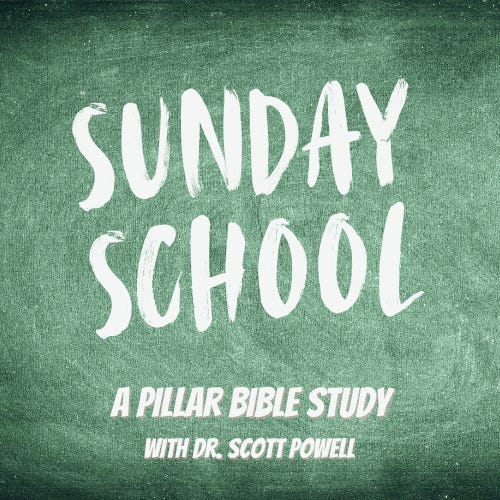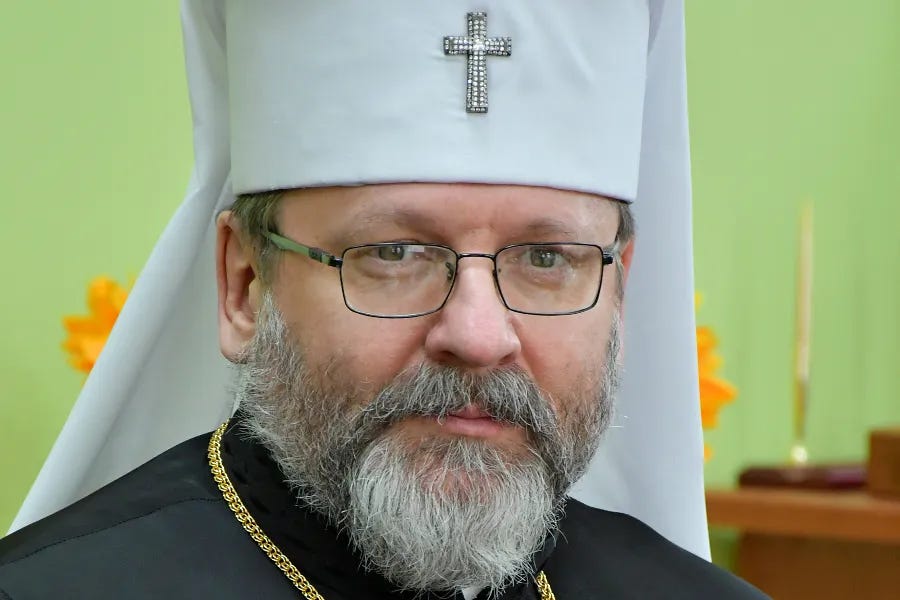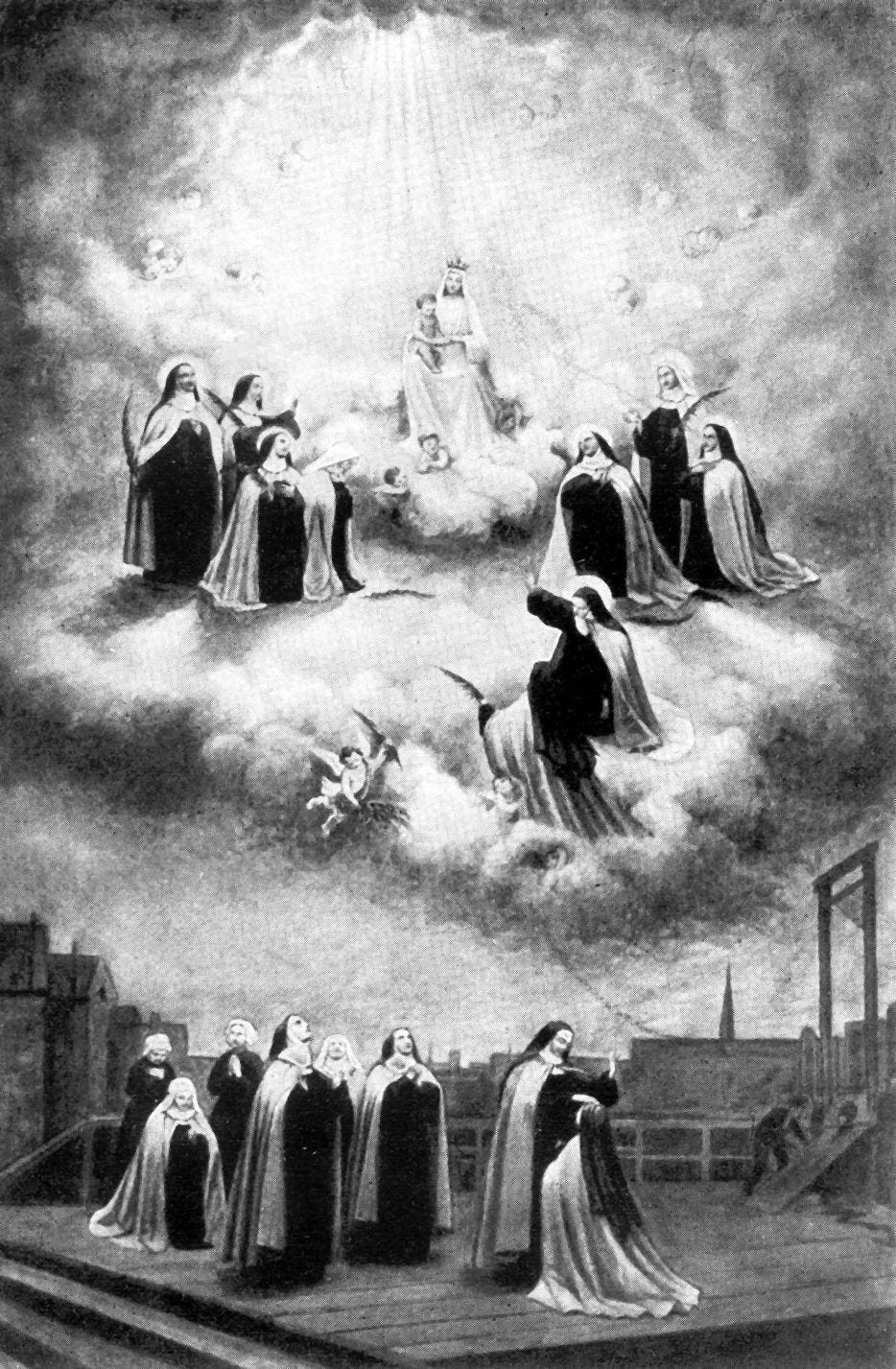Pillar subscribers can listen to this Pillar Post here: The Pillar TL;DR
Hey everybody,
Nineteen years ago today, a guy named Jawed Karim posted online a 19-second video that would change history.
The video was called “Me at the zoo.”
It was aptly titled. Karim was indeed at the zoo. He stood with a pair of elephants behind him, and explained that “the cool thing about these guys is that they have really, really, really long trunks, and that’s cool.”
Karim glanced back at the elephants, and then closed his video.
“That’s pretty much all there is to say,” he said, as the video abruptly came to an end.
Karim was right about the elephants. They did have long trunks. But about that being all there was to say — well, he couldn’t have been more wrong.
See, Karim, then 25, posted the video on a website he’d helped to found, called YouTube. Actually, “Me at the zoo” was the first YouTube video ever. And even Karim couldn’t envision how completely that video would change the world.
But it did. Consider the impact of streaming video on the 2016 and 2020 elections or on the wars in Ukraine on Gaza. Consider the 17% decline in novel-reading from 2017 to 2022, and the emergence of YouTube based social phenomena like QAnon. Consider the efforts of authoritarian governments to restrict video, and the willing collaboration of technocrats.
More to the point, Karim likely couldn’t envision how significantly that video would change us. But of course it would. There is a lot of research about the way that streaming video content has impacted mental health, attention spans, brain function, and marriage.
Still, it seems clear that we don’t really know entirely how significantly YouTube, and its successors like Tiktok, have changed and will change both our own neurobiology and our culture — to say nothing of the impact of the pornography-streaming sites which make use of YouTube-like platforms.
But it does seem obviously the case that “Me at the zoo” was a huge first step in the “change of era” which Pope Francis has described, and that ubiquitously available, algorithmically curated, streaming video — which we carry constantly in our pockets — is a much bigger deal than even the advent of television.
And we can already see that YouTube has changed the ecclesial landscape — with things like making common localized streaming liturgies during the pandemic (while possibly prolonging the suspension of in-person Masses), and elevating non-institutional voices as teachers and authorities, rewarding most those who dive headlong into atomizing sensationalism.
Is that the future for us? Was “Me at the zoo” a catalyst of cultural dystopia? Will we look back on the advent of streaming as a first step to rapid civilizational unraveling?
I’m pessimistically Luddite enough to think that’s plausible. I am bearish on most elements of our technologically-driven “change of era,” and unlikely to be convinced otherwise.
I don’t see that they portend an especially rosy cultural landscape for human flourishing, for the most part.
On the other hand, it is worth noting that “Me at the zoo” has had its own typically YouTube life cycle. The video has been a meme, has been autotuned, has been parodied countless times, has dozens of shot-for-shot remakes in Minecraft or featuring cute babies.
And there is a genre of conspiracy video on YouTube which will explain in weirdly excruciating detail that “GOOGLE IS LYING TO YOU” and that “Me at the zoo” wasn’t really the first YouTube video at all. Those videos give way to Reddit threads and response videos and even more memeable material.
In short, “Me at the zoo” wasn’t only the first YouTube video, it was the first YouTube “happening,” with all the concomitant online noise. I’d bet, if you looked hard enough, you’d find some proto-clickbait Catholic site promising “THE AMAZING CATHOLIC ROOTS OF ‘ME AT THE ZOO.’”
Those things demonstrate that the online world is a culture, and that it’s possible to be more or less fluent in that culture.
Contrary to the opinion of some fellow Luddites, I don’t think we live in a “post-culture” America, in which we have no shared touchstone experiences. I think Harambe proves otherwise.
And for Christians, who find themselves increasingly isolated from one another as religious identity declines, that’s important. Because internet culture, for better or worse, is actually, right now, a locus of communion for far-flung believers who would otherwise experience far less Christian fraternity.
Which means it’s worthwhile for Christians to spend time thinking about whether it’s possible to make more constructive use of technology like YouTube — not only in terms of the content, but in terms of the nature of the medium itself. And it’s worth it for Christians to think about how they’ll speak the Gospel into the culture that “Me at the zoo” helped create — and whether that means mostly being signs of contradiction.
And obviously, “Me at the zoo” is worth reflecting on now, as we stand now at the dawn of “creative” generative-AI. A goofy video of a guy talking elephants has dramatically changed the world in 19 years. So however hackneyed we regard the first stabs at generative AI, we probably ignore them at our peril.
Anywho, here’s the news:
The news
Here’s Alexandre Caillé, they group’s director, talking with The Pillar:
“Young people today are demanding this kind of effort. It’s what they expect, despite what you might think. They need an ideal, strong values, challenges.”
“Restoring a calvary is an adventure. First of all, you have to get up from your sofa, go out into the cold and rain to rub stones, pull out brambles, and bring a part of your history back to life. Not everyone does it.”
“This work can be difficult and physically demanding. For some, it can also be a truly spiritual experience, a discovery or rediscovery of the history of the Cross and the Christian religion associated with this powerful symbol. For others, it’s a prayer. An act of charity, a gift of self for the common good, but above all for God.”
As India’s episcopal conference flags the “destruction of homes and churches, harassment of personnel serving in orphanages, hostels, educational, and healthcare institutions on false allegations of conversion,” at least one Indian bishop has said it would be a sin for Catholics to miss their country’s vote.
In some parts of India, Christians make up 30% of the population — which means that their votes could move the needle on some elections.
—
The saga of the Carmelite nuns of Arlington, Texas, continues.
A lot has happened in recent days.
First, the Apostolic See last week gave direct governance of the troubled Carmelite monastery to a confederation of Carmelite nuns, the Association of Christ the King, which — at last count — included seven or eight Carmelite monasteries across the United States.
Next, the Carmelites of Arlington said they would not accept the Vatican’s decision, which they called a “hostile takeover.”
And last night — in the latest bit of news — the Carmelites applied for a restraining order in civil court, arguing that the association is trying to take control of the monastery “under the guise of some religious backdoor” — that “backdoor” being the decree of the competent Vatican dicastery, I guess.
It is not clear whether Carmelites have made an ecclesiastical recourse against the Vatican decision, in addition to their civil complaint.
But if they do, the case would presumably go to the Apostolic Signatura, where the Carmelites would presumably argue that the Dicastery for Institutes of Consecrated Life erred, procedurally or substantively, when it gave control of the monastery over to the Carmelite association.
The problem for the Carmelites, however, is that it’s not clear to me whether they still have much in the way of canonical representation. All of the most recent choices by the community — in which, for example, they’ve publicly and explicitly rejected the authority of their local diocesan bishop — suggests to me that they likely aren’t listening to canonical counsel, and have instead taken up a position of “resistance” outside the ecclesiastical structure.
The ringing endorsement they’ve gotten from Archbishop Carlo Vigano would suggest the same — the former nuncio framed their situation as “courageous resistance” in the face of a spiritual battle against Pope Francis, who, Vigano said, had committed a “betrayal” of his sacred mandate.
So again, with rhetoric like that, I’m skeptical they’re also sending recourses to Rome.
Which means this situation is probably entering its end game.
Either the Carmelites will give way to the Vatican degree, accept a new superior, and likely see several current members expelled, or — if they don’t — Bishop Michael Olson or the Apostolic See itself might well eventually declare the entire monastery in schism.
If, like me, you believe that cloistered religious are the spiritual heartbeat of the Church, this situation probably deeply saddens you.
Read the latest from The Pillar, and join me in praying that God’s will be done.
The new laws see the Vatican City State itself assume liability for the negligence of professional misconduct of judges and prosecutors in the Vatican’s judiciary.
The purpose of the provision is to ensure judicial officers have the freedom to act independently in office, without the potentially coercive fear of being pursued in court for their acts of office. And I suspect that as the Vatican City State works hard to recruit and retain qualified court officers — something that has been a problem at times — some strong indemnification clauses might be important to would-be personnel.
Projecting attendance is not easy, though, because nearly 20,000 of those tickets were sold to U.S. dioceses, and it’s clear whether those dioceses have actually distributed the tickets to Catholics planning to attend.
Congress CEO Tim Glemkowski told me this month that even while attendance expectations have been readjusted, the Congress is on track to meet its expenses through fundraising and ticket sales.
That would seem to depend, as far as I can tell, on selling about 8,000 more full-event passes, or about 20,000 day passes to the Congress.
So while the Eucharistic Congress has done a lot of planning and organizing, the next few months will determine just how many Catholics will show up.
Now, of course, numbers aren’t the only way to measure the effectiveness of an event like this. If it sows seeds of conversion in those who attend, and those seeds bear fruit for the Kingdom — well, a lot of people would consider that a success.
But the numbers — both financial and attendance — will be scrutinized carefully by a lot of observers, especially as bishops have expressed a broad spectrum of takes on the question of whether the Church ought invest its time and money in large-scale events like this.
Indeed, Glemkowski himself told me this month that one takeaway from the National Eucharistic Congress will be a chance for bishops and other leaders to reflect on the prospect, and wisdom, of organizing similar large-scale national events in the future.
I had a robust conversation with Glemkowski about the operational planning for the Congress, the costs associated with it, and what Congress organizers plan to do after the July event.
If you want a “state of the Congress,” from a financial, planning, and operational point of view, this is the reporting you’ve been looking for.
—
Finally, a deeply personal story worth reading.
In 2020, Sr. Kathryn Maney’s sister Clare died by suicide.
Naturally, Sr. Kathryn found herself looking for ways to process and grieve a heartbreaking loss. But she found few resources rooted in the Catholics faith — or in any faith-based perspective.
Two years later, Sr. Kathryn had the vision to launch the resource she’d needed — “Remember” — a Catholic apostolate dedicated to mourning alongside grieving family members impacted by suicide.
Since then, a lot has unfolded — and the apostolate is well underway.
You should read about it. And you should know that the reporting was done by Mary Farrow, Sr. Kathryn and Clare’s cousin. That makes this report a deeply personal reflection on grief, grace, and God’s Providence.
I know Sr. Kathryn — we worked alongside each for years. I’m glad The Pillar could publish her story.
—
‘His cross is every tree’
Let me close, if I may, with a mystical poem from Joseph Plunkett, who 108 years ago this week was among the leaders of the Irish Easter Rising, and was executed some weeks later, on May 4, 1916.
“I See His Blood Upon The Rose”
I see his blood upon the rose
And in the stars the glory of his eyes,
His body gleams amid eternal snows,
His tears fall from the skies.
I see his face in every flower;
The thunder and the singing of the birds
Are but his voice-and carven by his power
Rocks are his written words.
All pathways by his feet are worn,
His strong heart stirs the ever-beating sea,
His crown of thorns is twined with every thorn,
His cross is every tree.
—
Please be assured of our prayers. And please pray for us, we need it.
Yours in Christ,
JD Flynn
editor-in-chief
The Pillar





